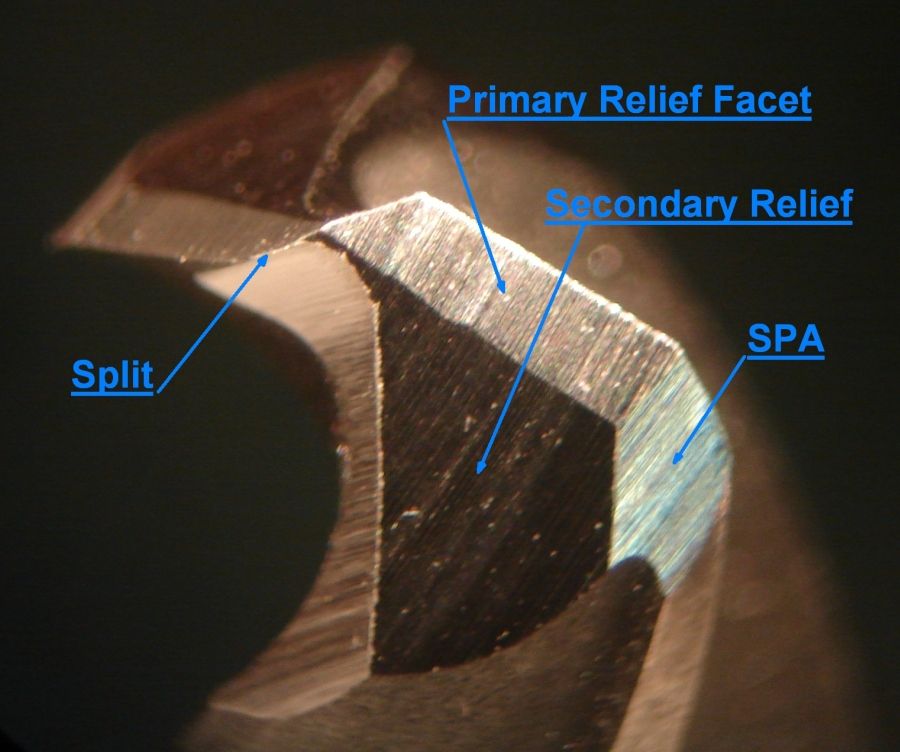Thanks Rick.
It astounds me that those wheels are less than perfect. I thought this was the very reason of their existence...
Well a conventional wheel can at least be trued, and even this only lasts until you change wheels...
Imho mounting it the next time you would have to true it again. As if they grew unbalanced hanging on the stand in the same position because of the water they retain...
It astounds me that those wheels are less than perfect. I thought this was the very reason of their existence...
Well a conventional wheel can at least be trued, and even this only lasts until you change wheels...
Imho mounting it the next time you would have to true it again. As if they grew unbalanced hanging on the stand in the same position because of the water they retain...



 [/img]
[/img]